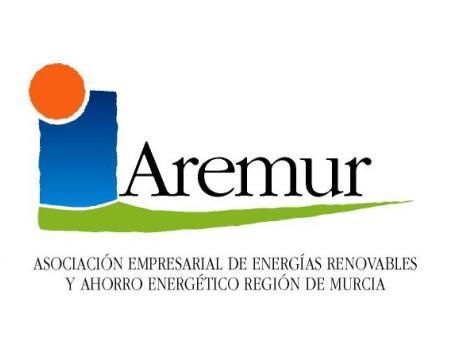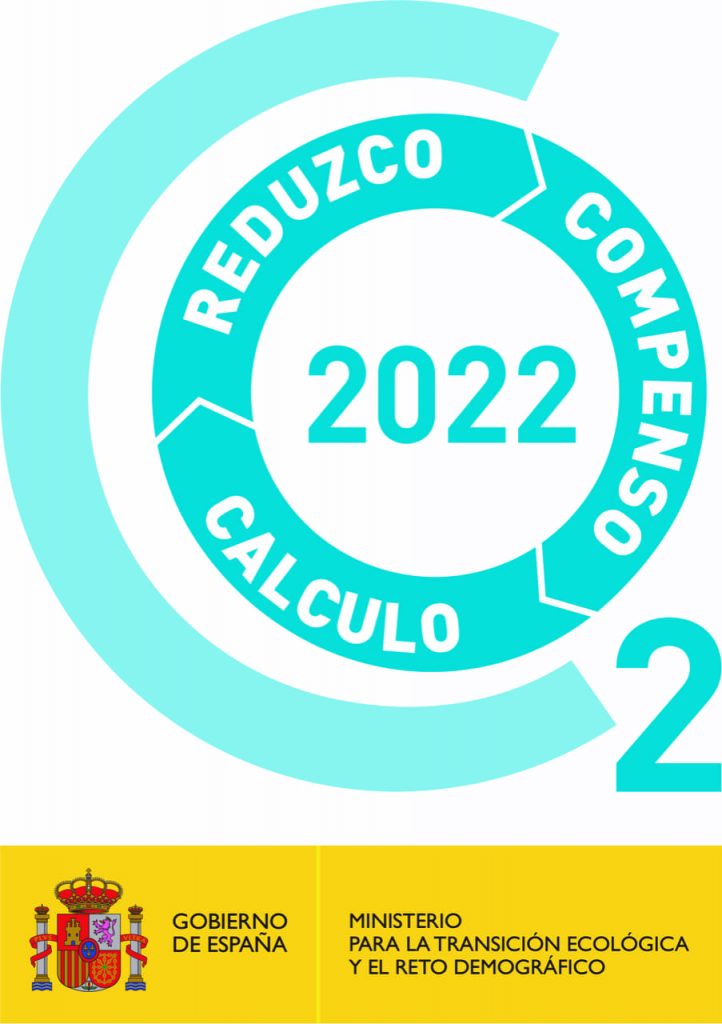




© 2023 RDS. All rights reserved. Designed and developed by delefant
The incorporation of renewable energies for the supply of cities and communities is increasingly present in R&D&I projects. One of the problems with this type of energy is that it depends on changing natural elements such as wind, water and hours of sunshine. In order to predict the production of photovoltaic solar energy, scientists from the Solar Energy Institute of the Polytechnic University of Madrid (IES-UPM) and the Institute of Micro and Nanotechnology of the Spanish National Research Council (IMN-CSIC) have developed a technique based on statistics and artificial intelligence.
This technique is known as “clustering” and is able to predict the solar PV output so that, within a few hours of calculation, the optimal multi-junction solar panel design can be found for each location. The technique allows atmospheric variations to be taken into account in the design of solar cells to produce more energy.
Throughout the day and through the seasons, the position of the sun and the atmospheric conditions change, and this causes the light reaching the photovoltaic panels to have different characteristics. The most important change is in the spectral content of the light, which is the colour distribution of the light. The solar panels of the future will be of the multi-junction type, according to the researchers, combining several materials to better exploit the spectrum of sunlight.
But the energy output of multi-junction panels depends to some extent on the colour changes that occur in sunlight. For this reason, these panels are manufactured to produce the maximum energy for a given colour of light and, therefore, changes caused by the position of the sun and atmospheric conditions result in losses in output.
In order to reduce these losses, the panels are designed to achieve the optimum overall energy production and not for a specific colour. But due to the infinite variety of atmospheric conditions combined with different positions of the sun, this optimisation is very complicated, according to experts.
In their work, the researchers have shown that data sets with thousands of solar spectra can be reduced to a few characteristic spectra using artificial intelligence techniques, and successfully used to predict the average annual efficiency as a function of solar cell design.
Source: https://www.esmartcity.es